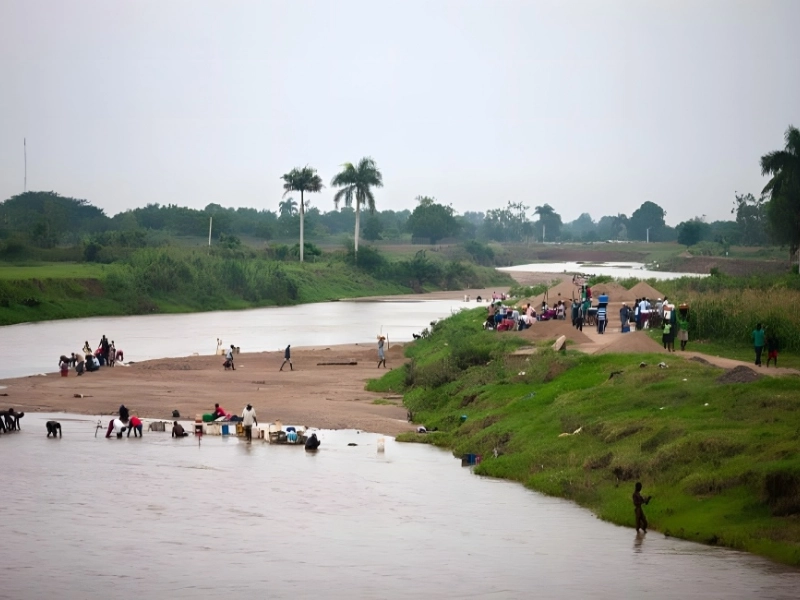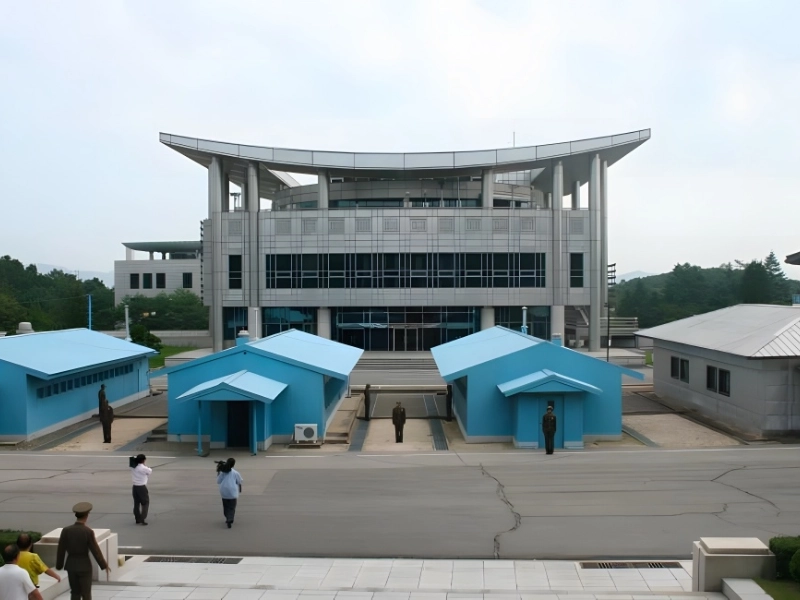Border: Massacre River Area: 376 km* Est. Gross Domestic Product: $33 billion (Haiti) / $226 billion (Dominican Republic)* More than merely political boundaries, the border between Haiti and the Dominican Republic is clearly drawn into the very topography. Part of this border is named after a historical war, but the Massacre River offers a story of environmental divergence today.

Border: Korean Demilitarized Zone (DMZ) Area: 250 km* long, 4 km* wide Est. Gross Domestic Product: $48.3 billion (North Korea) / $1.7 trillion (South Korea)* The Korean Demilitarised Zone (DMZ), which stretches 250 km across the Korean Peninsula, is rife with watchtowers, landmines, and military personnel on both sides. It is far from being demilitarised. The DMZ, which was created in 1953 as a component of the Korean Armistice Agreement, represents the tension and unresolved situation between the two countries and acts as both a physical and metaphorical border.
